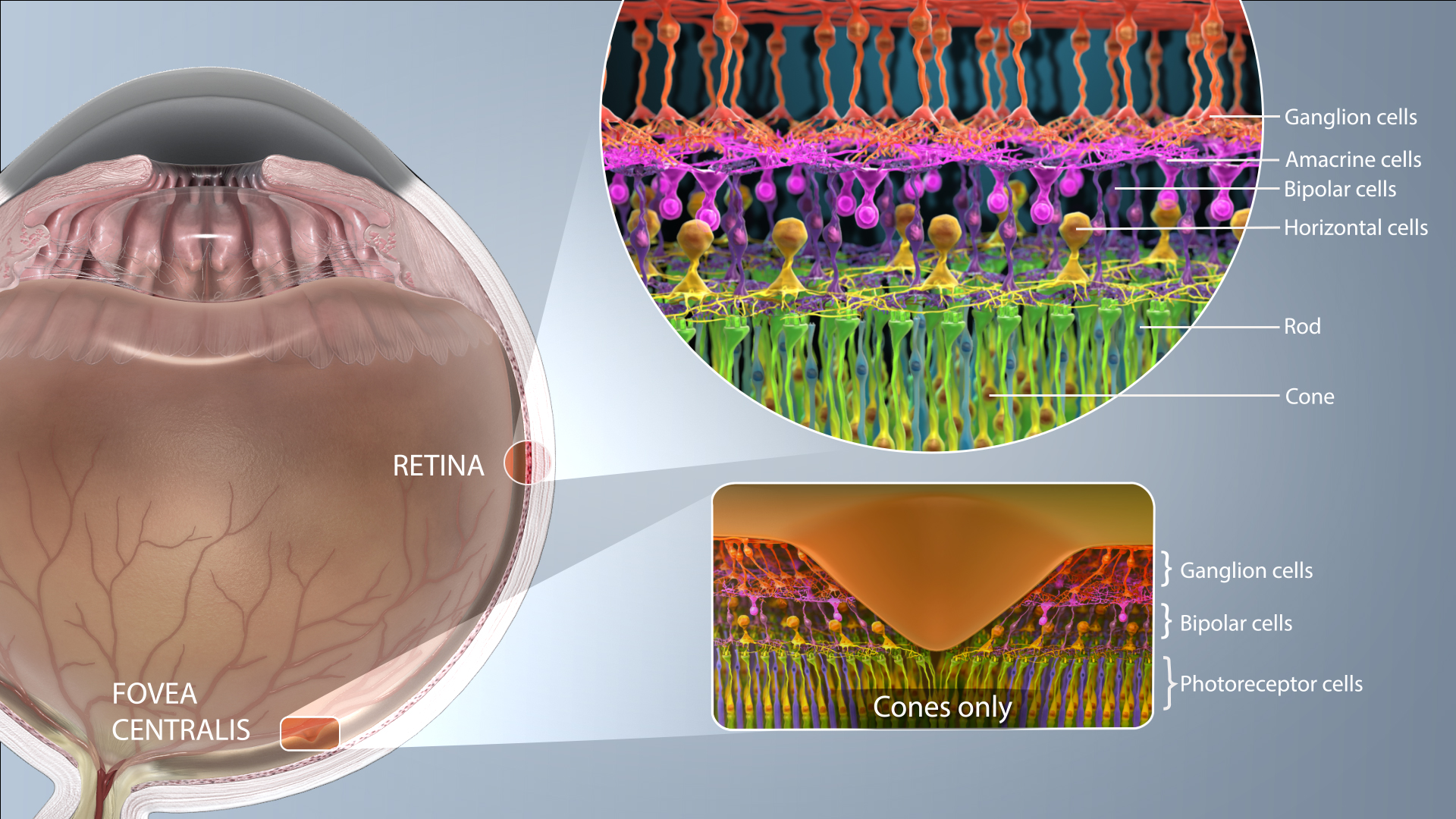Of all the specialties of medicine, ophthalmology keeps evolving on a regular basis.
Even the failures in ophthalmology are never really failures. No technology is ever discarded. It may gain popularity later in the marketplace or may be re-developed to a more innovative one, but never discarded.
Eye Parts and Functions
The retina, which sits at the back of the eye, is a thin layer of tissue that contains millions of tiny light-sensing nerve cells. These nerve cells are called rods and cones because of their distinct shapes.

Talking about the lens, human eyes probably bear the most amazing lenses. It’s possible to stare at the ground one second and watch the airplane fly, the other, very comfortably with the naked eye, unlike a pair of binoculars which takes a while to adjust the focus from near-sight to far. That's because of the super flexible eye lens which is controlled by ciliary muscles which change their shape, and therefore the focus, almost instantly.
Like a camera lens focuses light onto a film, the cornea focuses light onto a light-sensitive membrane called the retina. Light rays reflecting off an object entering the eyes through the cornea are the reason we can see that object.
The function of cornea is to refract the rays that pass through the pupil. The iris controls the pupil, thereby regulating the amount of light passing through it.The light rays then pass through the lens, which changes shape so it can further bend the rays and focus them on the retina.
Cones are concentrated in the center of the retina, in an area called the macula. When there is bright light, cones provide clear, sharp central vision and detect colors and fine details.
Rods are located outside the macula and extend all the way to the outer edge of the retina. They provide peripheral or side vision. Rods also allow the eyes to detect motion and help us see in dim light and at night. These cells in the retina convert the light into electrical impulses. The optic nerve sends these impulses to the brain, which produces an image.
Your Next Pill May Be Your Contact
Putting eye drops every day is a struggle, not just because of the difficulty and the burning sensation sometimes associated with their application, but also because they are prone to sheer forgetfulness. From the medical angle too, their dosage tends to be imprecise and may lead to side-effects. Read More...








